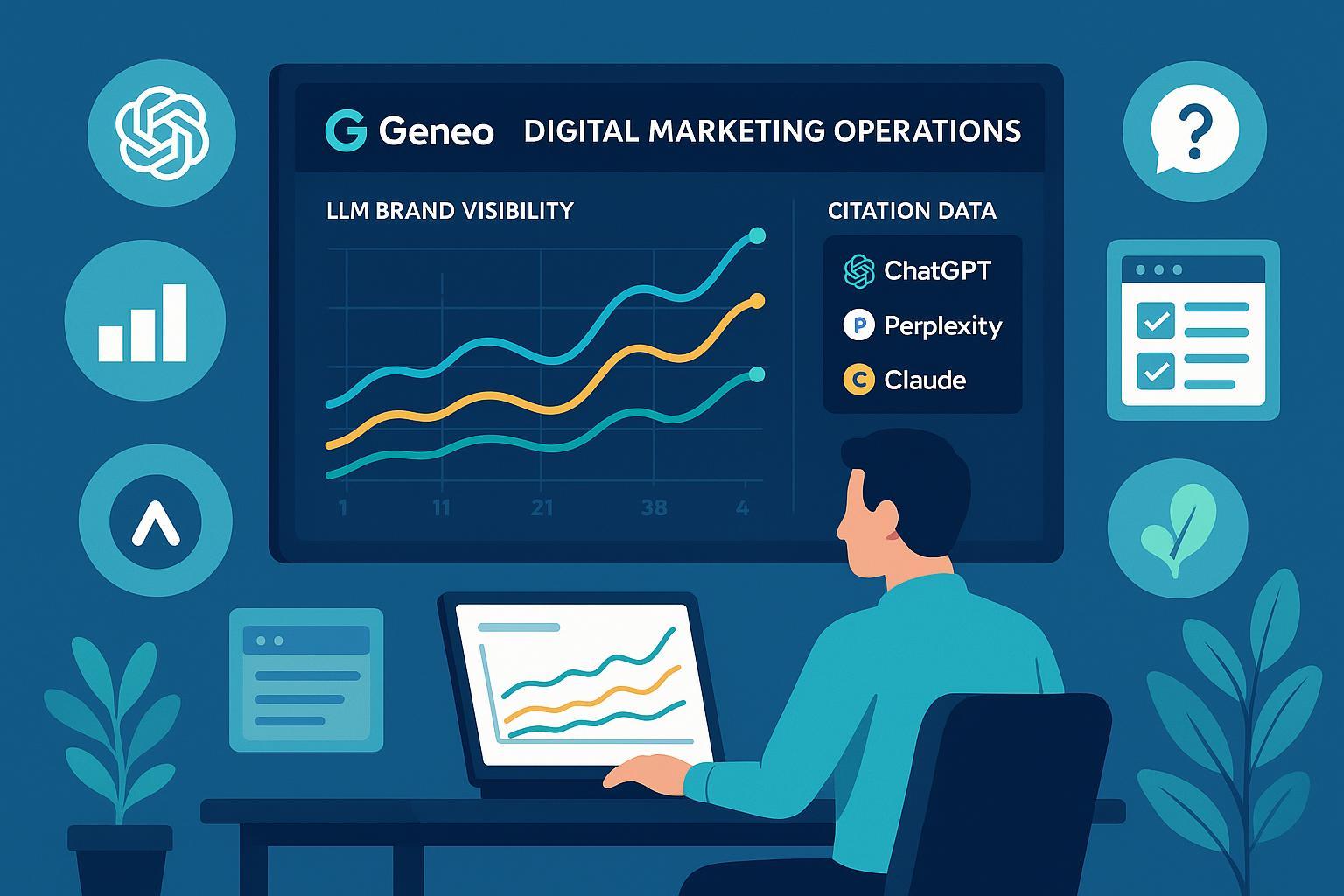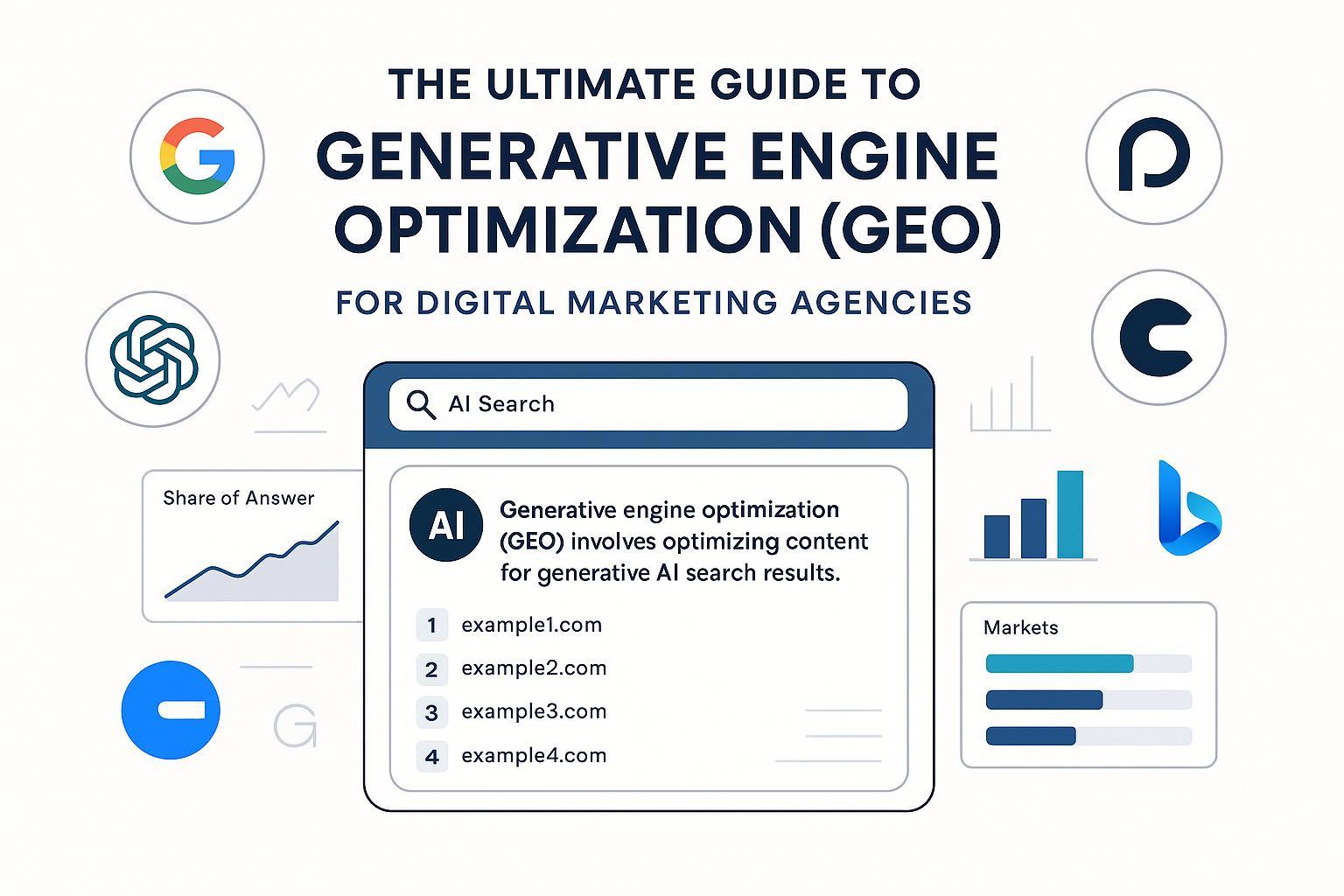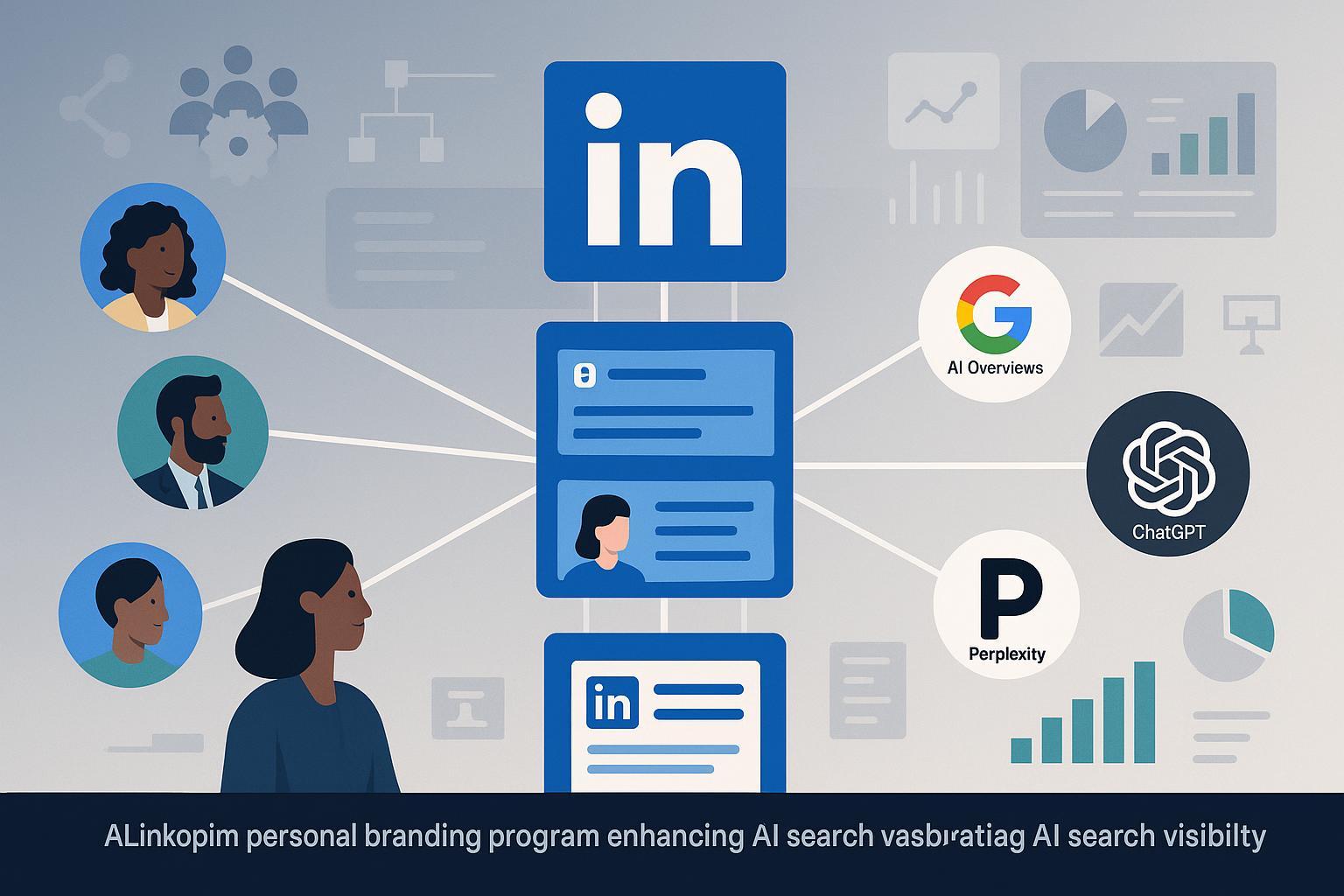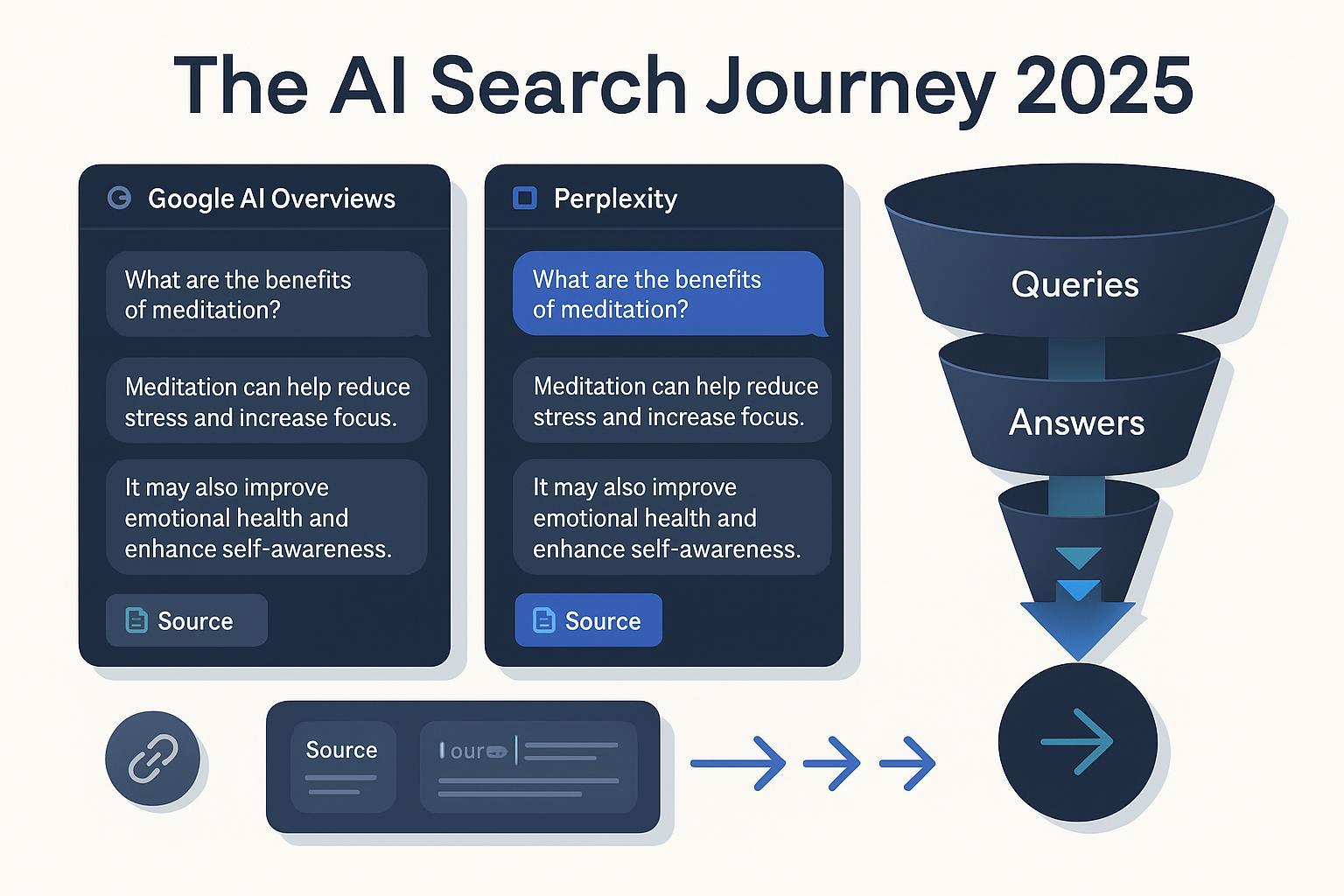How to Optimize Content for ChatGPT, Perplexity & Claude (2024 Guide)
Step-by-step guide on optimizing content for LLMs—ChatGPT, Perplexity, Claude. Boost citations, brand sentiment, and AI mentions. Includes Geneo workflow.


Why LLM Optimization Matters
Large language models (LLMs)—like ChatGPT, Perplexity, and Claude—are rapidly becoming gateways to online discovery for millions. Unlike traditional search engines, these AI systems synthesize information into direct answers and recommendations, often bypassing conventional SEO rankings. Winning a mention, citation, or positive brand sentiment in LLM outputs can vastly amplify your reach, trust, and conversions.
Quick Stat: Sites consistently implementing LLM optimization and monitoring see 30–80% more AI mentions and citations, according to recent analytics source.
This guide will walk you through step-by-step how to:
- Make your content eligible and attractive for citation in ChatGPT, Perplexity, and Claude.
- Monitor your brand’s AI visibility, sentiment, and competitive position using tools like Geneo.
- Troubleshoot and iterate when AI mentions lag behind expectations.
Preparation Checklist
Before you dive in, make sure you have these ready:
| Requirement | Description |
|---|---|
| Site Access | CMS/HTML access for updates, schema, and FAQ additions |
| Content Skills | Ability to write entity-rich Q&A, FAQs, authority narratives |
| Technical SEO | Schema.org, structured HTML, internal linking, llms.txt (if using) |
| Monitoring Tools | Analytics platform (e.g., Geneo), schema validator |
| Brand Presence | Some existing citations or brand references on other sites |
Step-by-Step: Optimizing Content for LLMs
1. Audit and Enhance Content for Authority and Entities
Why: LLMs value trusted, comprehensive answers and assign authority based on expertise, completeness, and real-world references (schemaapp.com).
How:
- Identify Key Topics: List the questions your target users ask, reference current LLM answers to these queries (tip: use Perplexity for real-time clues).
- Update for E-E-A-T: Ensure all posts and pages demonstrate Experience, Expertise, Authoritativeness, Trustworthiness (E-E-A-T).
- Expand Entities: Cover related terms, brands, and context that AI can link as supporting evidence.
- Optimize for Clarity: Use concise, jargon-free language. Define all complex points clearly.
Estimated Time: 2–3 hours for a midsize site.
2. Format Content as Q&A and FAQ
Why: LLMs prioritize content structured as questions and explicit answers (OpenAI Agent FAQ).
How:
- Group Similar Questions: Build FAQ and resource pages targeting main and long-tail queries.
- Direct Answers First: For each question, start with a short, clear answer, then back up with details.
- Natural Language: Write conversationally—avoid keyword stuffing.
- Interlink Related FAQs: Use anchor links or related topic references.
Estimated Time: 1–2 hours per FAQ page.
3. Implement Structured Data (Schema Markup)
Why: Schema.org markup (especially FAQ, HowTo, and Article) helps LLMs understand and attribute your content (Schema.org Documentation).
How:
- Select Proper Schema: Add relevant FAQ, HowTo, and WebPage/Article schemas to principal informational pages.
- Use Validators: Check your schema with tools like validator.schema.org.
- Embed Key Entities: In your JSON-LD, include brand, author, and web page properties.
- Monitor Validity: Schedule monthly reviews to capture changes or errors.
Advanced Tip: Consider testing new protocols (like llms.txt) to directly guide LLM crawlers—see SurferSEO’s LLM guide.
4. Create Topic Clusters and Internal Links
Why: LLMs prefer websites with well-defined topic authority and clear entity relationships—topic clusters reinforce this.
How:
- Cluster Main Topics: Build related resource hubs and interlink supporting pages.
- Map Entity Relationships: Use site maps and internal links to reinforce expertise hierarchies.
Estimated Time: 1 hour per topic cluster.
5. Build External Authority (Citations and Mentions)
Why: LLMs heavily weigh third-party citations—appearing as sources in external, reputable publications boosts inclusion odds in Perplexity and ChatGPT.
How:
- Earn Citations: Guest posting, PR campaigns, industry roundups.
- Submit to Directories: List your site in authoritative business or industry directories.
- Encourage Reviews: Positive third-party mentions are picked up in external AI crawls.
- Monitor Backlinks Monthly: Watch for new citations via Geneo and/or classic SEO tools.
Time: Ongoing—plan quarterly outreach pushes.
6. Refresh and Re-Distribute Content Regularly
Why: LLMs update their presence based on both recentness and redundancy of information.
How:
- Schedule Reviews: Update key pages at least quarterly.
- Redistribute via Social/Newsletter: Increase external referencing, signaling content value to AI engines.
- Track Updates in Geneo: Monitor changes in visibility/sentiment after each content refresh.
LLM-Specific Optimization Differences
| Platform | Index Frequency | Citation Method | Key Optimization Tips |
|---|---|---|---|
| ChatGPT (GPT-4 w/ browsing) | Periodic/Bing-based | Cites sources shown in Bing; direct links possible | Use clear answers, cite yourself/authority pages, ensure Bing-indexed |
| Perplexity | Near-real time (via Bing) | Usually shows sources directly in results | Prioritize external citations, monitor via Perplexity’s own AI summary |
| Claude | Static until retrained | Rarely cites; info lags current web by months | Focus on evergreen, entity-rich answers; check what’s included post-release |
For the latest LLM indexing/citation technicalities, always consult Anthropic’s Claude update, OpenAI docs, and Perplexity FAQ.
Monitoring, Measuring & Iterating: The Geneo Workflow
Why Ongoing LLM Analytics Are Critical
Because LLMs evolve, static optimizations can quickly become outdated. As platforms update, new competitors may outrank you or sentiment may shift overnight. Dedicated monitoring closes this gap, enabling fast detection and action.
Step-By-Step: Using Geneo for LLM Visibility
- Connect Your Brand/Domains: Log into Geneo, add your sites and keywords you want to track by AI model (ChatGPT, Perplexity, Claude).
- Automated Brand Monitoring: Geneo scans major LLM platforms, detecting citations, direct mentions, and inbound links—across time and query permutations.
- Sentiment Analysis: Visual dashboards show if AI is describing your brand positively, neutrally, or negatively—for each engine/query.
- Competitor Benchmarks: Compare your visibility and sentiment against competitors in side-by-side views.
- History & Trends: Review how optimization changes impact AI inclusion/mentions over time, helping you double down on what works (or course-correct).
- Alerting & Reporting: Set up custom notifications for drops, spikes, or new competitor surges.
Example Scenario: After adding structured FAQ to your site, Geneo shows your brand sighted as a source in Perplexity (but not ChatGPT). You notice negative sentiment in Claude. You update the relevant content, recheck a week later… Sentiment climbs, and now both ChatGPT and Claude mention your site for priority queries.
*Try a hands-on demo of Geneo’s dashboards and reporting free at geneo.app.
Downloadable Resources & Templates
- Content Optimization & Monitoring Checklist (Google Sheet)
- FAQ Schema Markup Template (Copy & Paste)
Troubleshooting & FAQ
My content isn’t appearing in ChatGPT, Claude, or Perplexity—what now?
- Check schema validity: Use validator.schema.org.
- Review answer clarity: Ensure key FAQs start with direct, natural answers.
- Expand external mentions: Seek PR, guest blogging, or business directory listings.
- Monitor with Geneo: Catch obscure or delayed citations (including negative/neutral sentiment data).
AI platforms show my competitors, not my brand—how do I recover?
- Audit the FAQs/HowTos those competitors appear for, borrow structural cues.
- Broaden your topic clusters and authoritative references.
- Use Geneo’s benchmarking to spot gaps.
Sentiment in LLM results is negative—how can I improve it?
- Publish and amplify positive, factual case studies & testimonials.
- Review negative sentiment details in Geneo, re-optimize and distribute update notices.
Perplexity updates in real-time, but ChatGPT/Claude don’t—how should I time my efforts?
- Prioritize frequent, high-quality updates and broad external coverage for Bing-dependent LLMs.
- For Claude, focus on evergreen, entity-rich content and revisit after major model releases.
Results, ROI & Next Steps
Consistently optimized content and active brand monitoring puts your business at the center of AI-driven discovery. Marketers report up to 80% greater LLM citation rates and notably improved brand sentiment by adopting a workflow like the one above. As LLM platforms evolve, proactive detection and rapid iteration give you an agile advantage others lack.
Want a competitive edge? Start monitoring your LLM visibility with Geneo for free »
Further Reading
- Generative Engine Optimization: Drive Brand Visibility in the Age of AI
- Advanced Technical SEO for Generative AI Search
- How to Use FAQ Schema to Appear in AI Overviews





